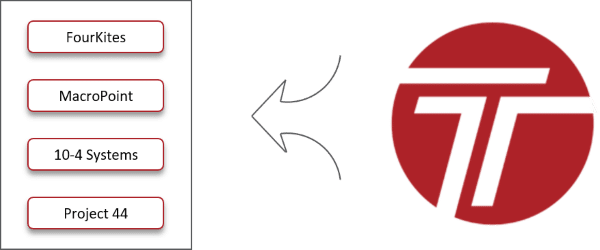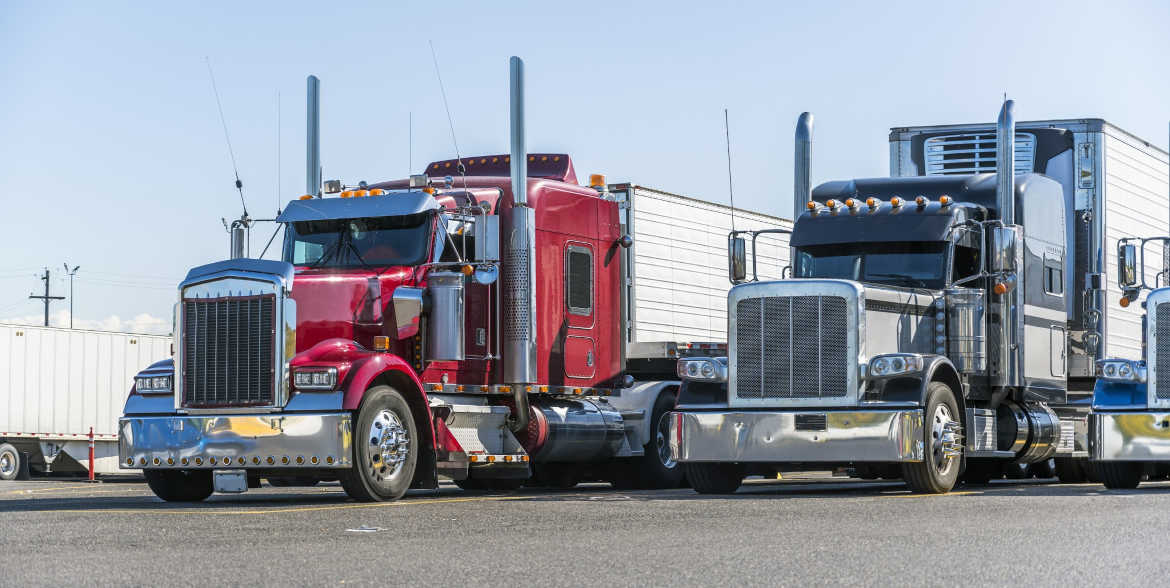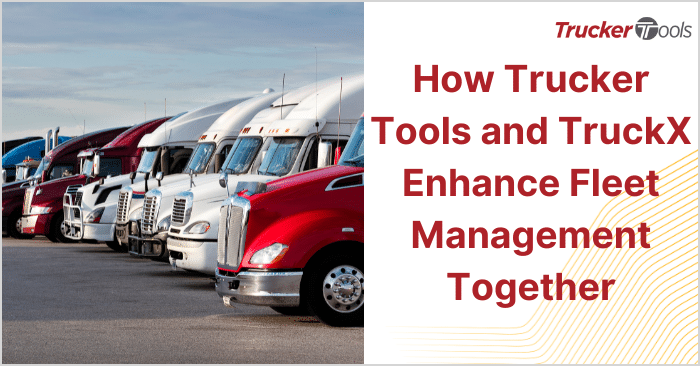Shippers increasingly use data analysis to reduce inefficiencies, improve processes and increase revenue. According to American Shipper, 59 percent of shippers use performance metrics to manage freight costs. As a broker or 3PL, you can expect that shippers may require you to meet specific performance standards, known as Key Performance Indicators, to retain their business. On Time in Full (OTIF) is a common KPI used by shippers to measure the percentage of freight that’s delivered on time.
Shippers also often use specific visibility compliance KPIs to measure broker/3PL performance. Many require 80 to 90 percent visibility compliance, which is the percentage of loads with continuous visibility, from when the trucker arrives at the shipper’s dock until the freight load is delivered to the receiver.
The good news is that 80 to 90 percent visibility compliance is attainable. If you’re a broker or 3PL that needs to increase visibility compliance to over 80 percent or more to meet your shipper’s KPIs, Trucker Tools has just what you’re looking for.

Understanding How the Dominance of Small Trucking Companies, Owner Operators Impacts Visibility Compliance
Without a doubt, the current carrier capacity market is dominated by small trucking companies. According to national statistics, there are approximately 1.2 million trucking companies in the U.S. Of those, 97 percent are companies that operate with 20 trucks or less. Ninety percent of all trucking companies operate with six trucks or less. At the same time, one in nine of the country’s 3.5 million truck drivers are independent owner operators.
This fragmentation of the carrier capacity market makes visibility compliance even more challenging for you. Here’s why: smaller trucking companies and owner-operators are much more likely to work with multiple shippers, brokers and 3PLs, which means they’re asked to install and use a different and often new single-function freight tracking app with every load that they accept.
Choosing digital freight tracking technology that carriers can use with multiple brokers can help increase visibility compliance rates for your brokerage. When carriers can use a visibility app for more than just a single broker load, they are more likely to use and keep that app on their phones, which can increase the number of loads you can digitally track.
How To Increase Freight Tracking Compliance
Carriers often are averse to using single feature freight tracking apps because the apps don’t offer carriers any perceived value. Most single function visibility apps do one thing only: they track freight. Truckers also worry that freight tracking apps will access private data on their phones. Others say it’s unclear when load tracking is on or off and who is receiving their location data. This reluctance presents a challenge for you as a broker/3PL, as achieving high visibility compliance depends on carrier adoption and use of digital load tracking technologies. One way to increase carrier participation in freight tracking is to implement load tracking solutions that address these carrier pain points.
The Trucker Tools driver app includes 17 other tools and features that go beyond load tracking to simplify life on the road for truckers. In addition to a robust load tracking tool, the driver app offers truckers real-time information on optimal routes, weigh scales, truck stops and rest areas, weather, traffic, fuel prices and more. Carriers also can search for and book loads directly from the Trucker Tools driver app in a matter of seconds. The multi-functionality of the driver app adds an additional incentive for small carriers and owner-operators to use and keep the app on their phones.
Transparent load tracking is another reason that carrier adoption of the Trucker Tools driver app is typically much higher than it is with many other app-based tracking solutions. When truckers use the load tracking feature included in the free Trucker Tools driver app, they receive a smart phone notification when tracking starts or stops. The driver’s location is only tracked when hauling a load and the driver has to agree to be tracked for the load. The Trucker Tools driver app also cannot use or share any of the personal data on a trucker’s smart phone, such as photos or text messages.
Share Load Tracking Data Directly with Your Shippers
Your shippers use data to define and measure KPIs, which is why using check-calls to track a shipper’s freight is problematic. If your brokerage/3PL is using check-calls to track freight, you’re likely entering tracking data manually in your shippers’ preferred visibility platform or making multiple calls to shippers to update them verbally on the status of their freight. Manual freight-tracking and check-calls are resource-intensive, time-consuming and subject to human error.

One of the advantages of using Trucker Tools’ visibility solution is that it can be integrated with your shippers’ preferred visibility platforms. If your shippers use Project44, MacroPoint or any other major shipper visibility platforms, they can view Trucker Tools’ real-time load tracking data within the Project44 or MacroPoint interface. The data sharing capabilities offered by the integration reduce the time that your staff would otherwise spend manually entering load tracking data or calling shippers with location updates. Integration also reduces the chance of human error and increases efficiency for you and your shippers.
The reality is that not all load tracking solutions are alike. It’s crucial to take a strategic approach to implementing freight tracking solutions. Choose a visibility platform that meets the needs of your carrier and shipper partners, and that also offers increased efficiency for your brokerage. Doing so will help you meet or even exceed your shippers’ KPIs and increase the chances that you’ll keep their business.
Looking for more information about how to successfully meet and exceed your shippers’ visibility KPIs? Read our “Increase Visibility Compliance to 80% or Higher To Meet Your Shippers’ KPI Requirements.”
Schedule a free demo of Trucker Tools’ freight visibility platform.






